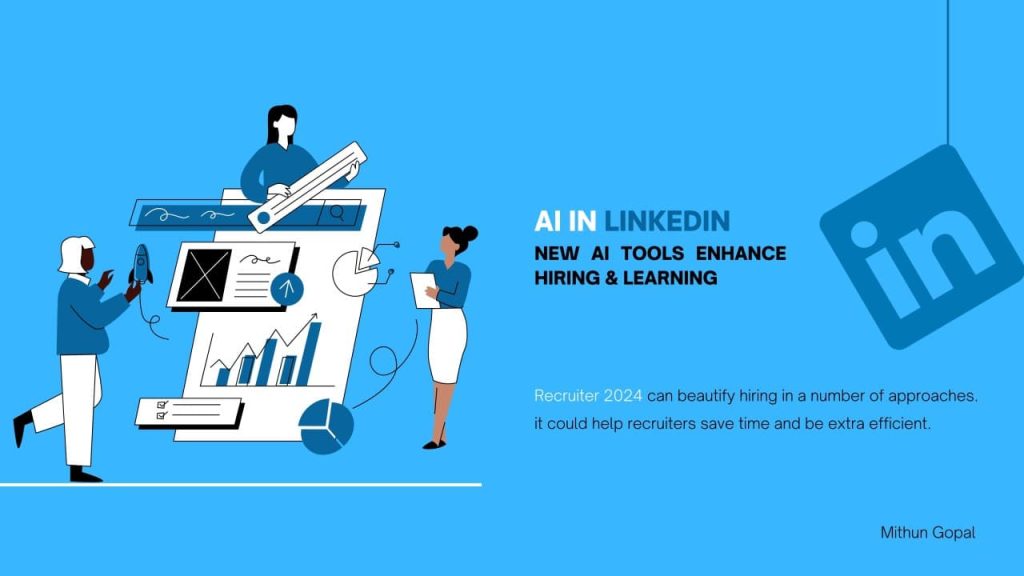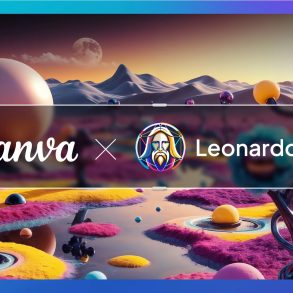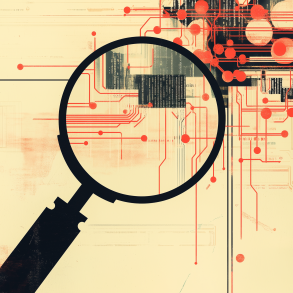LinkedIn has recently expanded its use of generative AI tools, introducing features such as AI-driven career coaching and enhanced job application assistance. The career platform, owned by Microsoft, announced these innovations on Thursday, emphasizing the integration of AI into several new services. These include AI-powered expert advice in a pilot program, interactive chats for LinkedIn courses, and advanced job search functionalities for premium English-speaking users.
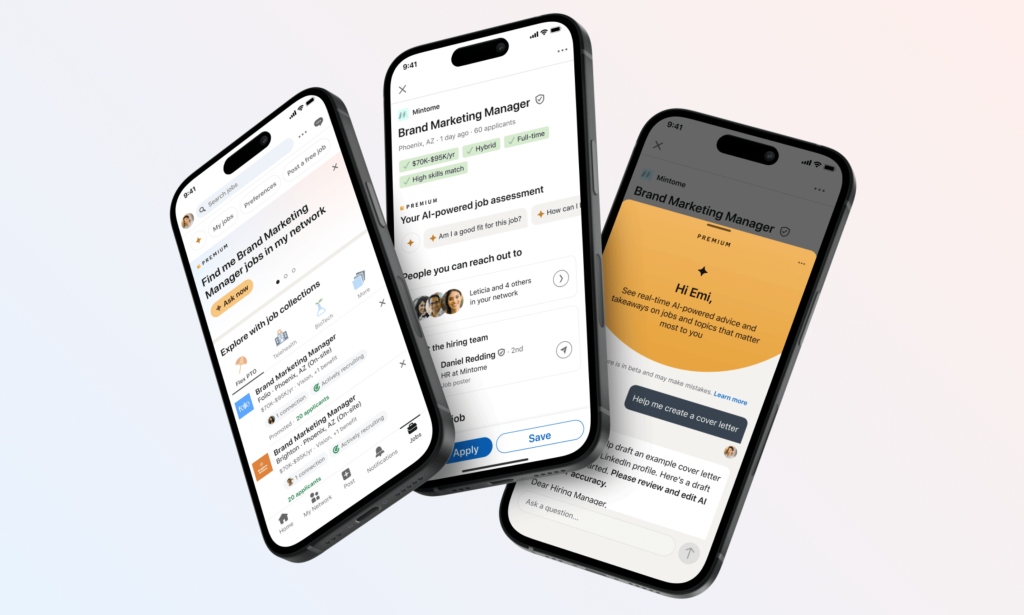
The suite of tools aims to assist users in refining their job applications and increasing the relevancy of job matches, as opposed to widespread resume submissions. “We expect that you will find the most relevant job faster” using AI, stated Gyanda Sachdeva, vice president of product at LinkedIn. Additionally, AI chatbots will now be available for premium subscribers to field career-related queries.
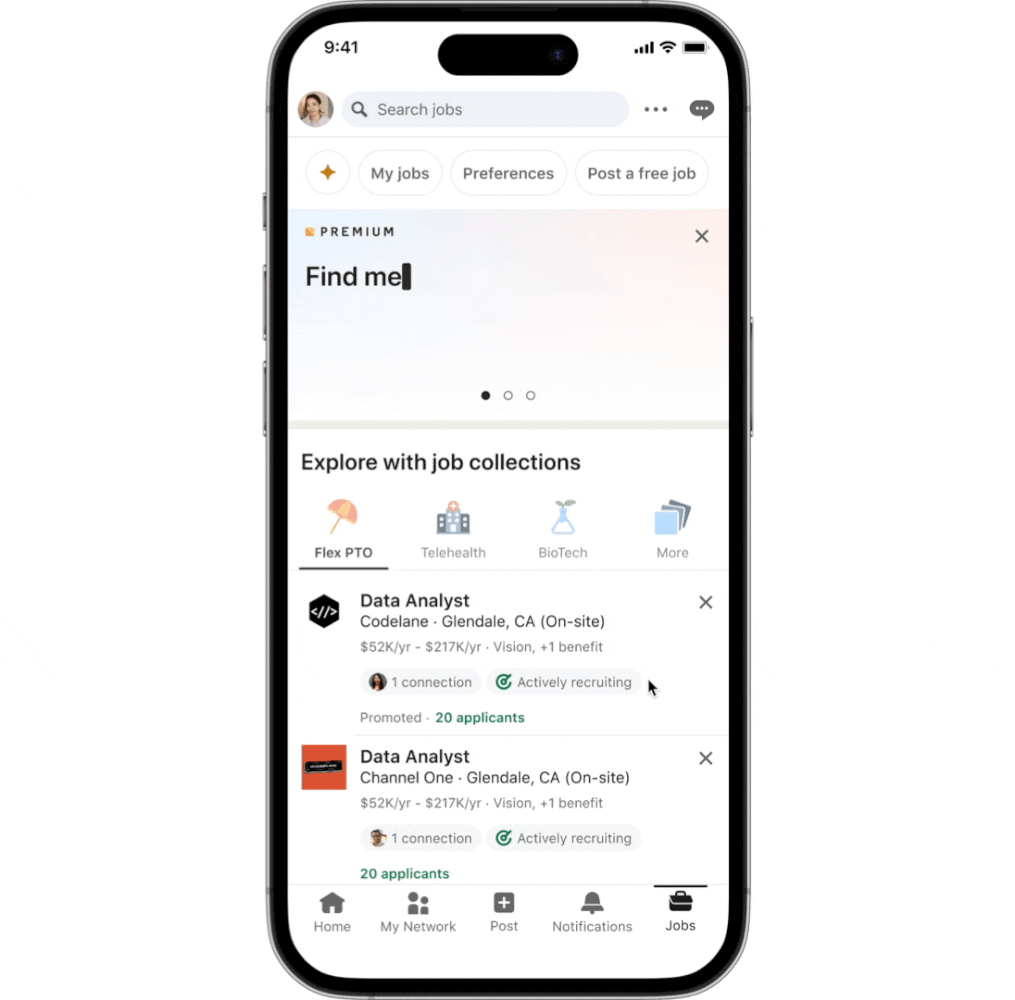
These chatbots draw on the expertise of professionals such as Anil Gupta from the University of Maryland, psychologist and author Gemma Leigh Roberts, and career coach Lisa Gates. The move comes after LinkedIn had previously introduced AI tools for recruiters and other job-seeking aids earlier in the year.
Among the newly enhanced features, premium users can initiate job searches with specific commands and utilize AI for crafting tailored resumes and cover letters.
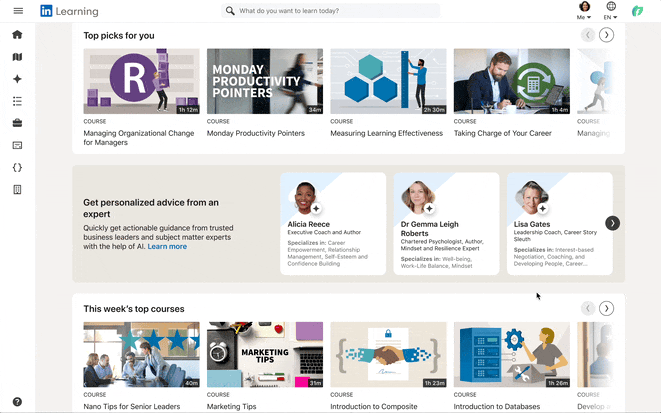
Sachdeva highlighted the demand for such AI capabilities among users, explaining, “Whenever you apply to a job, it’s going to be a different resume and a different cover letter. And the AI can help you do that.” However, the proliferation of AI in recruitment also brings up concerns regarding potential biases in the technology and the overall impact on hiring practices.
Rohan Rajiv, LinkedIn’s director of product management, expressed optimism about AI’s role in uncovering overlooked candidates, yet acknowledged that integrating more generative AI raises significant questions about its effect on equality in hiring. The full implications of these AI-driven features on the workforce remain to be seen.
